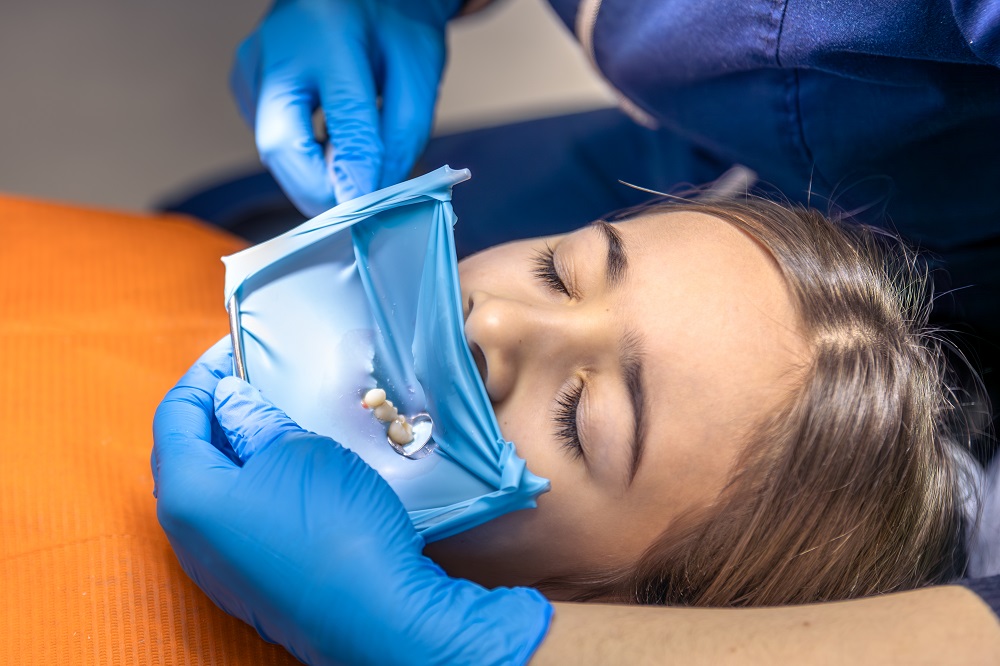Redefining Healthcare Access with The Rise of A Remote Blood Testing Service
In today’s fast-moving digital world, the healthcare landscape is undergoing a dramatic transformation. Telehealth, wearable monitors, and AI diagnostics have opened up new ways for people to manage their health, and now, a remote blood testing service is changing the game even further. Imagine skipping the clinic, avoiding long waits, and still getting precise, professional lab results delivered to your phone. That’s no longer just a vision of the future, it’s happening right now.
Let’s dive into the growing world of remote blood testing, how it works, its benefits, and what it means for both patients and providers.
Meaning and Concept
At its core, a blood testing service provides medical testing of your blood sample to screen for conditions, monitor health markers, or assist with diagnosis. Traditionally, this process required you to visit a clinic or hospital, have your blood drawn by a phlebotomist, and wait several days to receive your results, often with little direct access to your medical data.

Remote services are disrupting that process.
Now, patients can have samples collected from the comfort of their homes and receive results through secure digital portals. Whether it’s through mobile lab technicians or drop-off locations at pharmacies, the model is built on one concept: convenience without compromising accuracy.
How It Works
Remote blood testing typically follows a simple but structured process:
- Ordering the Test: Patients choose their required test(s) online, ranging from vitamin levels and hormone checks to diabetes monitoring and infectious disease screening.
- Sample Collection: Depending on the provider, a certified technician may come to your home to draw blood professionally.
- Lab Analysis: Samples are sent to certified laboratories for analysis. These labs follow the same strict protocols as traditional healthcare labs, ensuring accurate and reliable results.
- Results and Reporting: Within 24 to 72 hours, results are shared via an online dashboard, often accompanied by explanations or the option to consult a healthcare provider remotely.
Some services also integrate directly with your existing doctor’s office, giving your physician access to your results in real time.
Who Benefits from Remote Blood Testing?
Remote blood testing isn’t just a convenience, it’s a powerful solution for many people:
- Busy Professionals: No need to take time off work or sit in a waiting room.
- Elderly or Disabled Individuals: Accessibility is a key factor, especially for those with limited mobility.
- People in Rural or Underserved Areas: A blood testing facility that reaches you eliminates the barriers of long-distance travel.
- Chronic Condition Patients: Regular testing is easier and less disruptive to daily life.
- Proactive Health Seekers: Individuals looking to track their wellness over time or get ahead of potential issues can do so without navigating the healthcare system every time.
Accuracy and Safety: Addressing the Concerns
Naturally, there are concerns when medical services shift from clinics to homes. But a remote blood testing service adheres to rigorous standards to ensure safety and accuracy. Kits are developed under FDA guidelines or equivalent regional standards. Laboratories are CLIA-certified (Clinical Laboratory Improvement Amendments) and maintain strict quality control. Professional mobile technicians are licensed and trained according to local laws. In many cases, results from remote samples are indistinguishable in accuracy from in-clinic samples.
Additionally, patient data is protected under HIPAA and other privacy laws. Providers use encrypted systems and secure portals to protect sensitive information.
More Than Just Convenience
Remote blood testing goes beyond basic checkups. Here are a few specific ways people are using it:
1. Hormonal Testing for Women’s Health
Hormonal imbalances affect everything from mood and metabolism to reproductive health. Women can now check estrogen, progesterone, cortisol, and thyroid levels without stepping into a clinic.
2. Diabetes and Blood Sugar Monitoring
Ongoing management of blood glucose levels is critical for diabetic patients. Regular testing through home services ensures better tracking and treatment adjustments.
3. Nutrition and Fitness Optimization
Athletes and health enthusiasts use blood testing to monitor levels of iron, vitamin D, B12, and inflammatory markers. This data helps them fine-tune diets and fitness plans.
4. Preventive Healthcare
Routine screenings for cholesterol, triglycerides, liver function, and kidney health can be done at home, helping catch early signs of disease.
Why Healthcare Providers Are Embracing It
Remote services aren’t just good for patients, they also make sense for providers and insurance companies.
- Efficiency: Reduces patient load at clinics and hospitals.
- Scalability: Easier to roll out testing in large populations for clinical trials or public health initiatives.
- Cost Savings: Home testing often reduces overhead and staffing costs.
- Improved Compliance: Patients are more likely to follow through when testing is made easy.
Some primary care practices and telehealth companies now bundle blood testing with regular virtual checkups, creating a seamless remote care experience.
The COVID-19 Catalyst
Although remote medical testing was on the rise pre-2020, the COVID-19 pandemic accelerated its acceptance and expansion. Lockdowns, reduced clinic access, and an urgent need for widespread testing made remote diagnostics a necessity. Services that could deliver at-home kits for COVID-19 antibody or PCR testing were instrumental in supporting healthcare efforts globally. The result? A rapid shift in consumer expectations, people now know they can get quality healthcare without leaving home.
Factors To Keep in Mind
Choosing the right provider is crucial. Here are a few factors to consider:
- Certifications: Ensure the lab is CLIA-certified and the service complies with local health regulations.
- Turnaround Time: Reputable services deliver results within a clear, reasonable timeframe.
- Transparency: Pricing, included tests, and follow-up options should be clearly stated.
- Customer Support: Look for platforms with live support, educational resources, and access to healthcare professionals for follow-up.
- Data Privacy: Make sure the platform uses secure systems to protect your health data.
Conclusion
The age of long waits, crowded clinics, and inaccessible healthcare is slowly fading. A blood testing service that comes to you, wherever you are, isn’t just convenient; it’s a crucial part of modern, patient-centered care. From early detection to wellness tracking and chronic disease management, remote services are empowering people to take health into their own hands, literally. The shift is not just technological; it’s philosophical. It represents a more human, accessible approach to care where people are treated not as numbers in a system but as active participants in their well-being.
So, whether you’re managing a condition, checking in on your health, or optimizing your fitness, consider this: the lab can now come to you. And that’s a revolution worth embracing.













